This term has become so common that we already know the basics: a mid-cycle update. But what does a car facelift mean in practice? This is the place to learn that

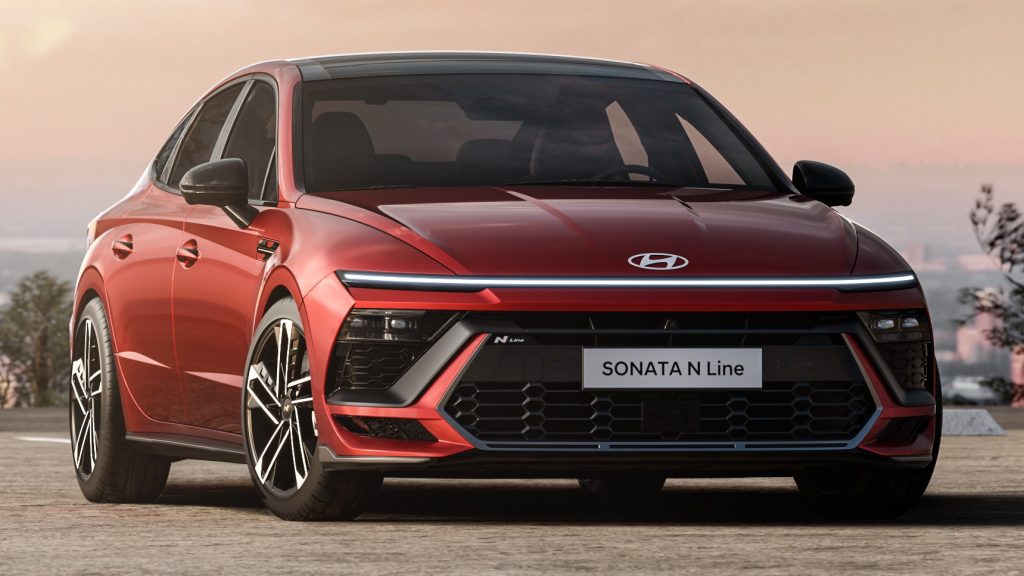
Pareidolia is the tendency to perceive a specific, often meaningful image in a random or ambiguous visual pattern, according to Merriam-Webster. We can say that the most common example of that is our ability to visually associate objects to the human face. Power outlets are the typical case, but car wheels are just as feasible for automotive fans. In fact, we can say that this crowd manages to go a little further.
We often associate the front end of a car to the human face. After all, it has eyes (headlights), eyebrows (the DRLs in some cars), a nose (the lower end of the hood), and a mouth (the radiator grille). We use the word “facelift” to name small plastic surgery performed on face and neck. In essence, it minimizes the typical effects of aging. It was just a matter of time for us to start associating that to automobiles as well.
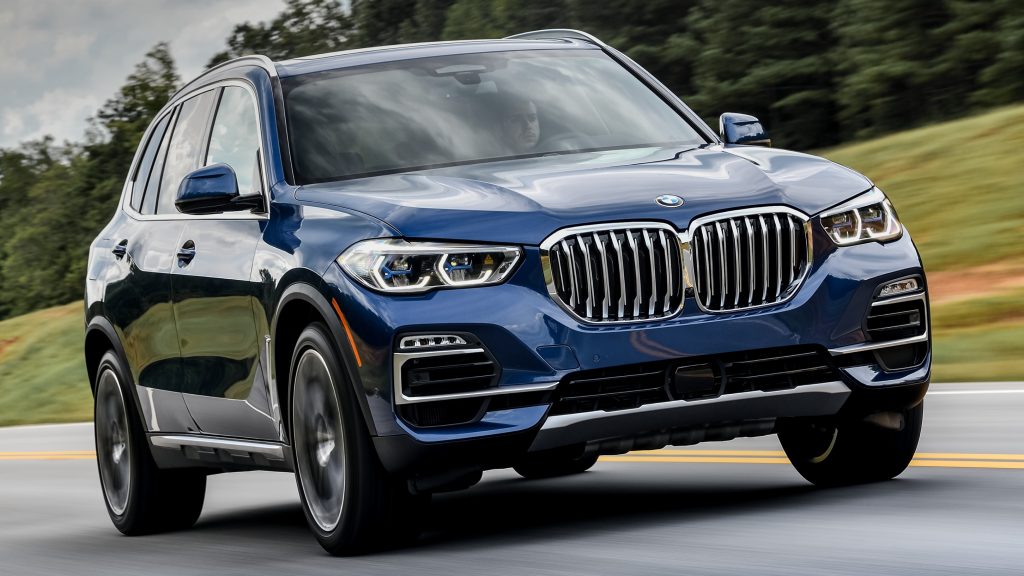

What is a facelift on a car?
A partial update performed to keep the car competitive for longer. In this industry, we say that a given car project has a lifespan for a number of reasons. As the years go by, it becomes visually outdated, ceases to comply with emissions and safety regulations, and falls behind in terms of technology. In other words, the car becomes less desirable to its target audience. Especially once its direct rivals start receiving updates.
Now, if those were the only concerns, the solution would be obvious: update cars all the time. The North American industry tried that up to the 1960s, by the way: most cars would receive total or partial changes literally once a year. That even makes them hard to collect because beloved cars were only produced for a couple years. If you are still wondering why that practice was abolished, let me help you: rising costs.

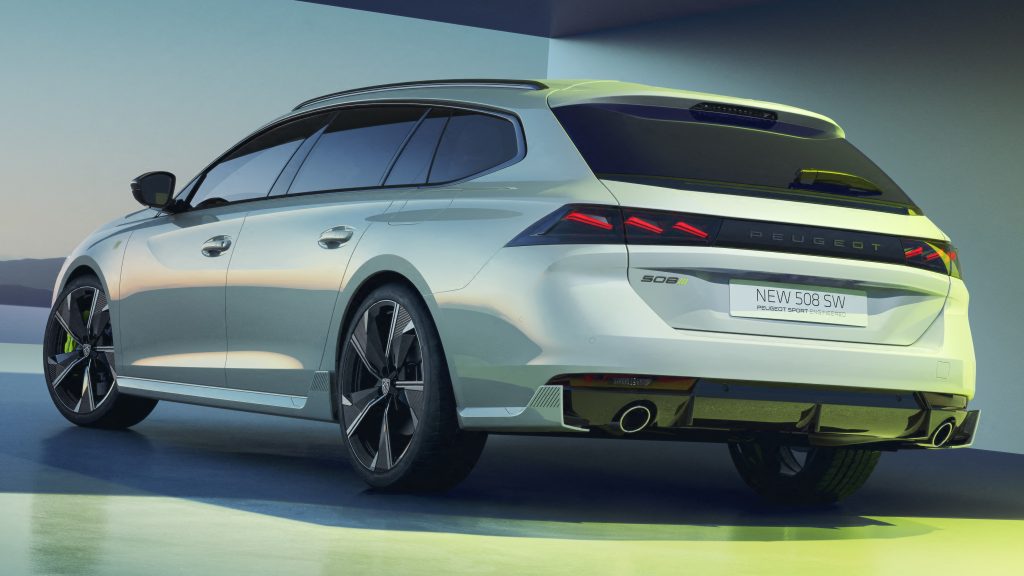
Nowadays, automakers keep the same car on sale for multiple years. It has time to repay its development costs through its sales and, if things go well, turn a profit in the final years. The problem is that, while this strategy is more sustainable than the previous one, it is still not enough. Those costs are too high, people demand too much, and the competition is too tough. This is where car facelifts come to the rescue.
In short, they are an opportunity to improve the current project, rather than replacing it. Carmakers often use car facelifts to add equipment, replace electronic items for newer ones, and update the design. Some cases are useful to correct specific problems as well. Honda, for example, had to facelift the 2011 Civic at age one because the original project had attracted heavy criticism for many reasons, like low-grade trim.
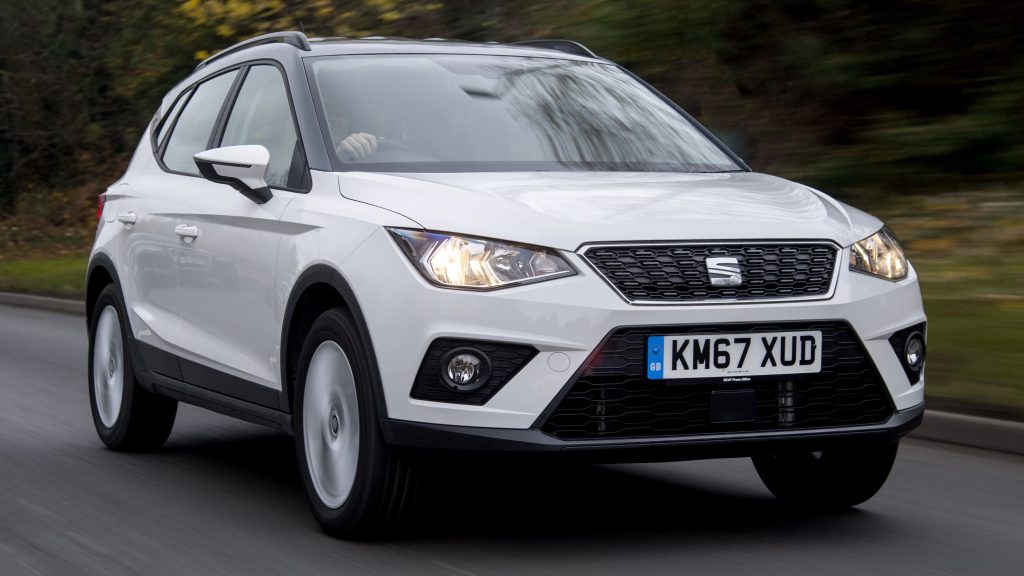
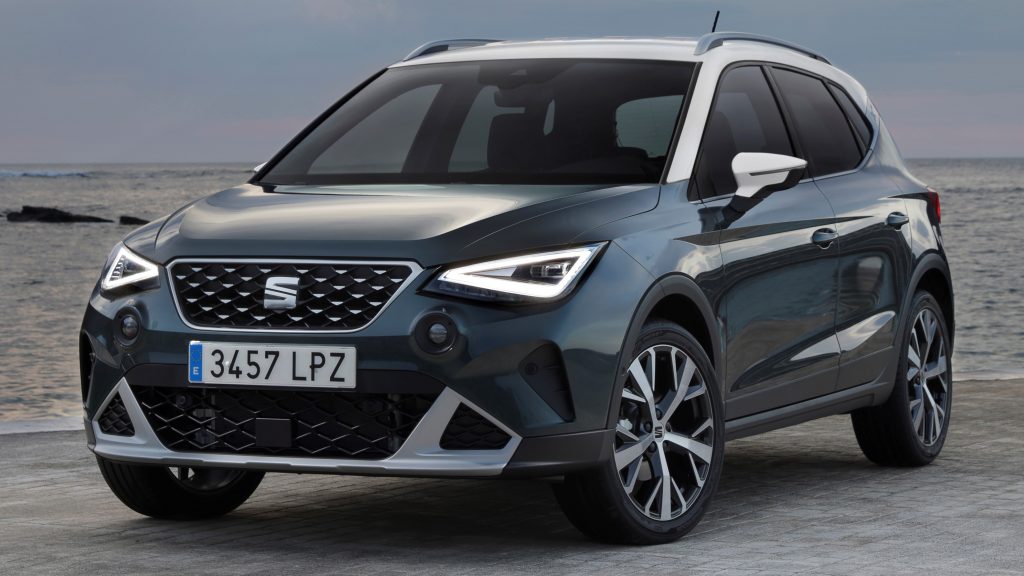
How to facelift a car?
So far, car facelifts seem pretty handy, right? After all, you can pay for just a small change here and there, and your car project can soldier on for a few more years. Let me prove you wrong quite easily now: could you change a headlight alone for a new design? Of course not. You would need to adapt bumper, fender and hood to its new shape. In other words, the challenge in car facelifts is to integrate new and old parts.
Car design has become immensely complex. Modern design identities involve the entire body and cabin; all parts are meant to send the same message. On the other hand, the goal of a car facelift is to alter only parts of the car. So yes, despite having an interesting market potential, that strategy is as counter-intuitive as you are thinking. Automakers have tried it all to make it work, but their results have been a mixed bag.
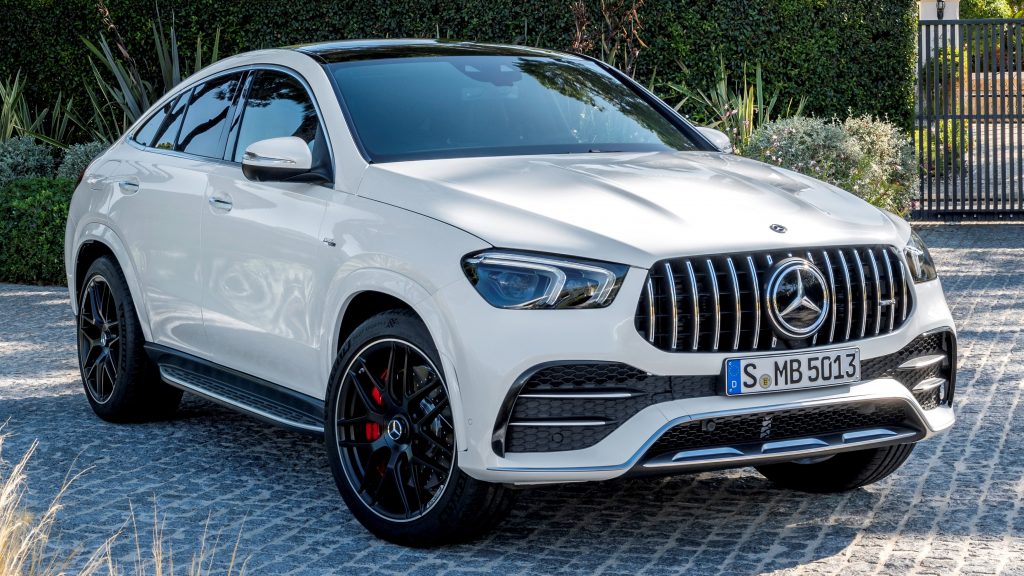

Examples of facelifted cars
The Mercedes-Benz GLE Coupé above is an example of mild facelift. From 2019 to 2023, we can only see new internal design on the headlights, refreshed bumpers, and new trim colors. That type of car facelift is perfectly suitable to such a traditional automaker and consists of working on the same theme. The cabin received similar changes; here, the focus was on new electronic items and electrified powertrain options.
Companies can implement such car facelifts with low cost while causing minimal impact on the rest of the design. Then again, the less the car changes, the less noticeable it will be. These facelifts are so mild that a non-enthusiast could not notice it at all, or legitimately question which is the new car. Automakers usually apply that when the original design has been highly praised and they do not want to risk destroying it.


Facelift car vs non facelift
The 2023 Clio is the opposite case and that is easy to see. Renault has completely changed its grilles and lights, while keeping the rest intact. The goal was to adapt the supermini to its new design language. We can see that the delicate and discreet design made room for something that could have easily come from a sci-fi movie. Besides that, the company’s new logo is larger and is replicated by the new, vertical DRLs.
Such heavy car facelifts are common in base categories for two reasons. One is that they have longer life cycles, and the other is that they appear more frequently on the streets. The automaker must work harder to keep them fresh and attractive while working with low profit margins. Facelifts are helpful because they emulate the new car feeling that everybody wants without the new car cost increase that nobody wants.
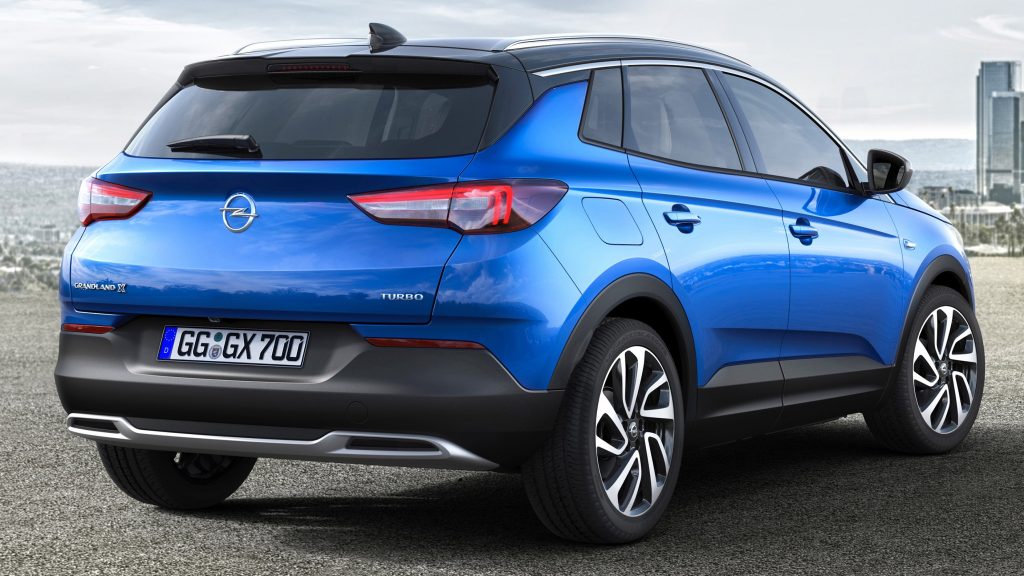
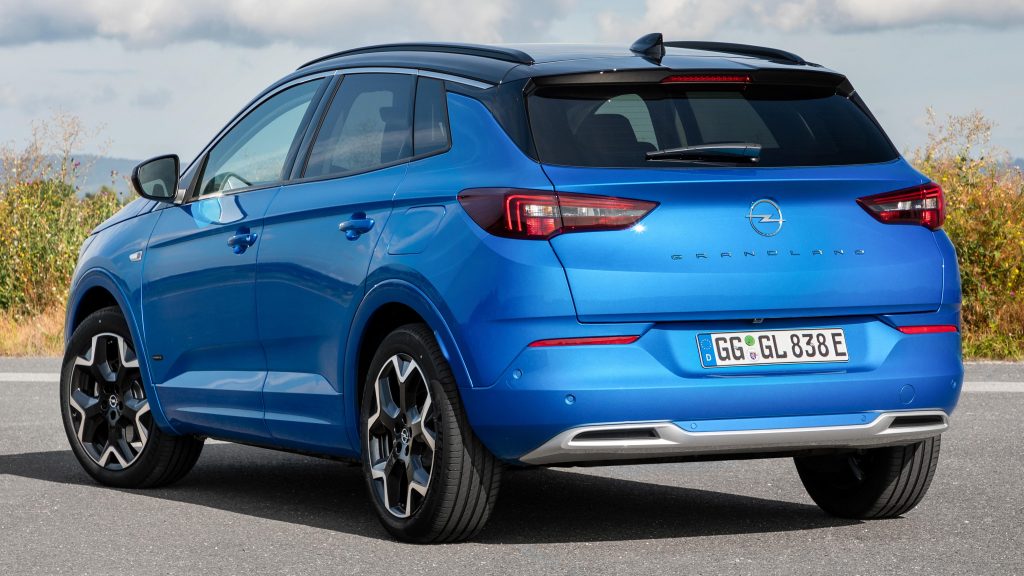
Car facelift meaning
In the end, we could say that car facelifts are a partial solution to product aging. They are usually cheaper than developing a whole new project, but their scope is also more limited. Nowadays, the car industry has reached the unspoken consensus of keeping a car project in the market for around eight years, with one facelift in the middle. Luxury cars tend to receive milder ones while cheap ones receive deeper changes.
There are rare exceptions to that. One is not to perform car facelifts: in that case, the vehicle enters a new generation in around six years. The other used to be common in emergent countries: the car would have two or three facelifts, one every three or four years. The latter quickly lost popularity in the past few years because it made those cars fall behind in terms of safety and technology compared to their competitors.
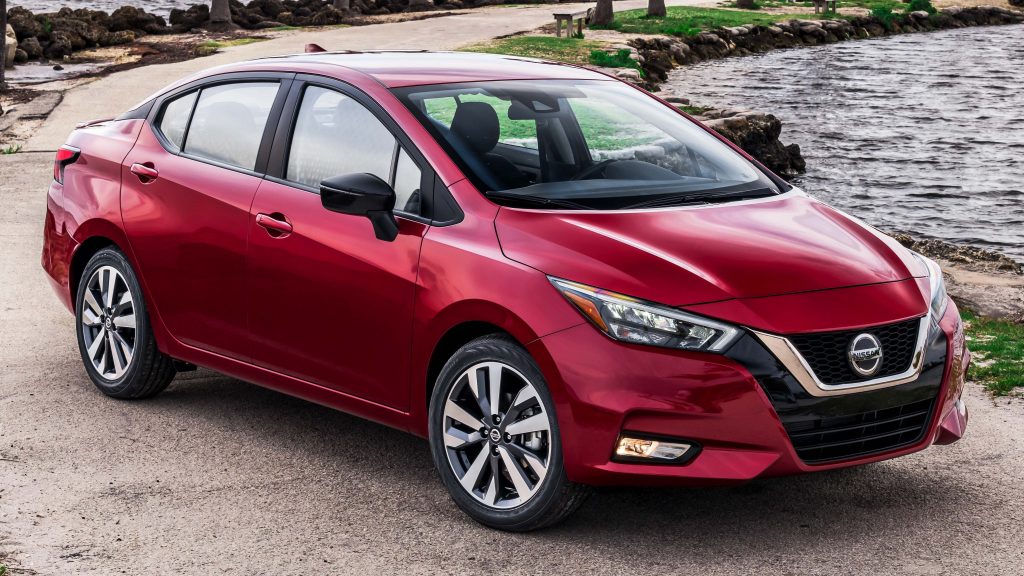
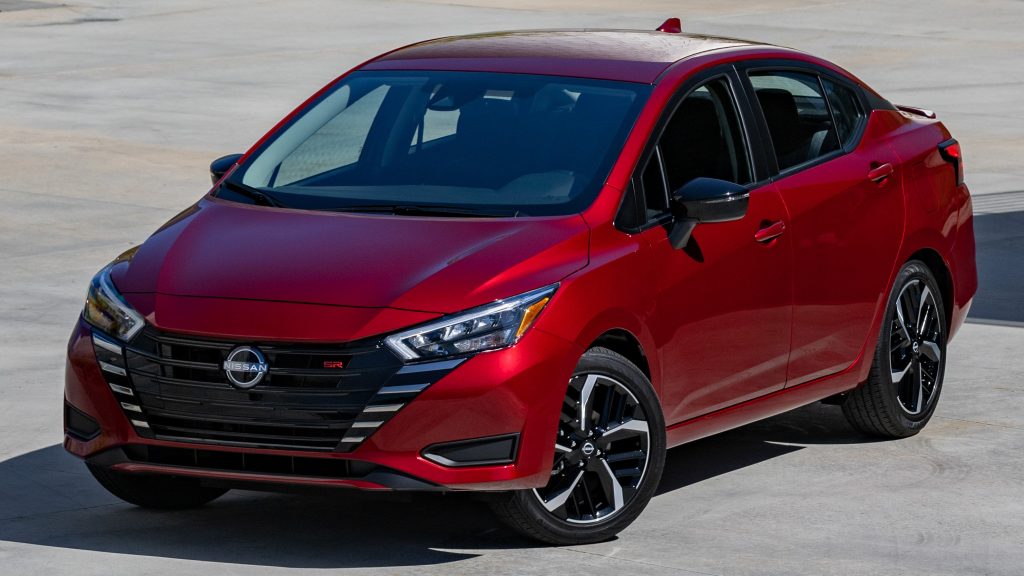
Now that you know all about car facelifts, we hope that it becomes easier for you to notice facelifted cars on the streets. The automotive industry has been using this solution for a long time, so there are cases of all kinds for you to observe. This page also aims to help you better understand the topics of our current and upcoming blog posts as newer events happen. What other facelifted car models do you know?



